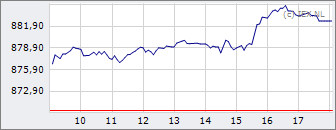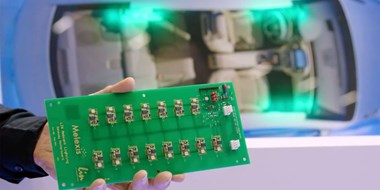Direct naar Forum

|
AEX
904,21
0,00
0,00%
09 mei
|
|

|
|

|
Germany40^ |
18.721,40
|
+0,19%
|
|

|
BEL 20 |
3.985,40
|
0,00%
|
|

|
Europe50^ |
5.063,48
|
+0,18%
|
|

|
US30^ |
39.462,80
|
+0,14%
|
|

|
Nasd100^ |
18.136,60
|
+0,10%
|
|

|
US500^ |
5.221,75
|
+0,12%
|
|

|
Japan225^ |
38.201,60
|
-0,61%
|
|

|
Gold spot |
2.356,47
|
+0,44%
|
|

|
EUR/USD |
1,0775
|
-0,06%
|
|

|
WTI |
79,84
|
+0,29%
|
|
#/^ Index indications calculated real time, zie
disclaimer
-
Premium


-
Premium


-
Premium


-
Premium


-
Premium

